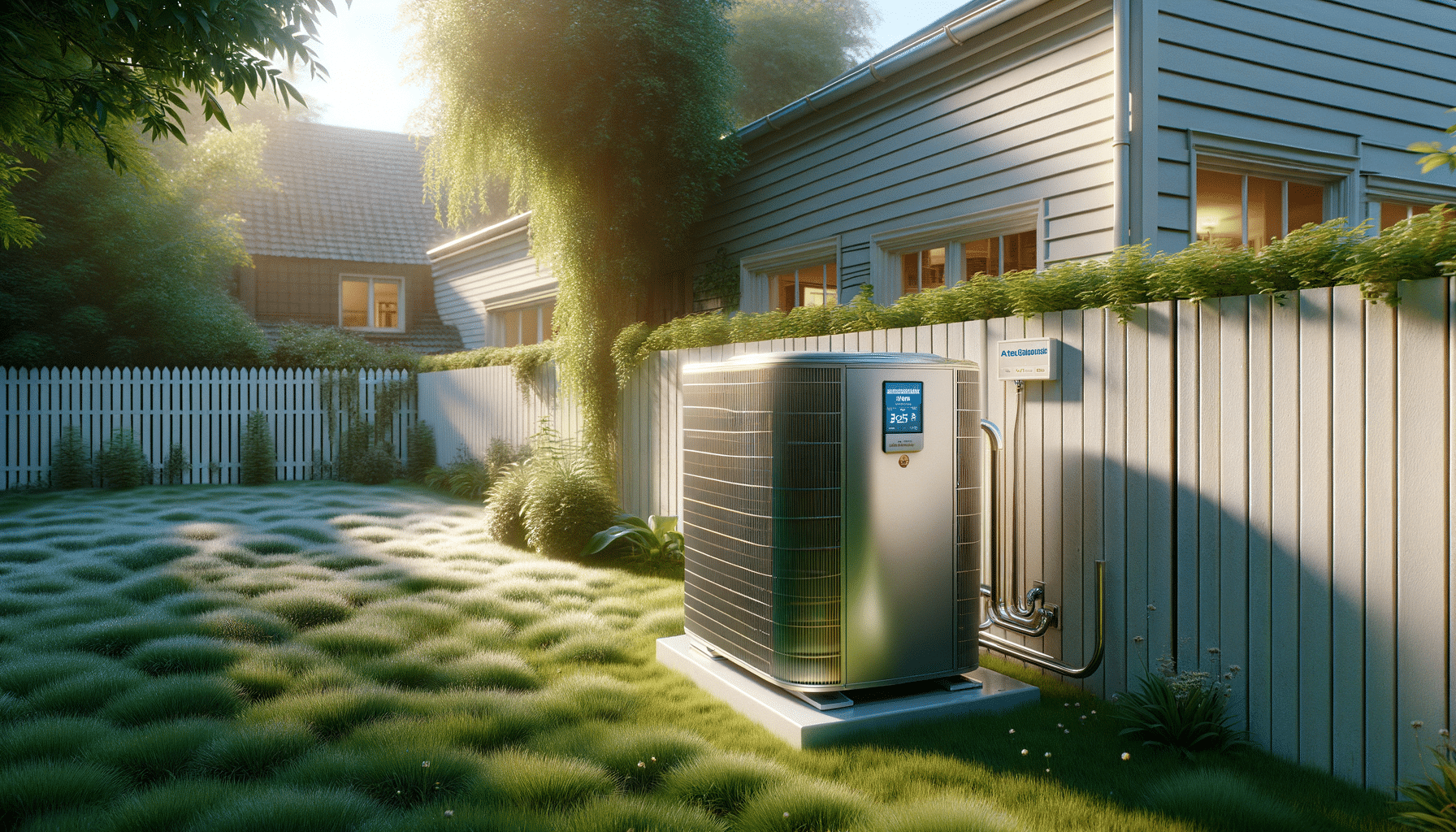
The Benefits of Heat Pumps: What You Need to Know
Introduction to Heat Pumps
In today’s world, where energy efficiency and sustainability have become paramount, heat pumps offer a compelling solution for both heating and cooling needs. These systems are not only energy-efficient but also environmentally friendly, making them an attractive option for homeowners and businesses alike. By transferring heat rather than generating it, heat pumps can significantly reduce energy consumption and, consequently, utility bills.
Heat pumps work on a simple yet effective principle: they extract heat from one place and move it to another. This process is highly efficient because it utilizes existing heat, even in colder temperatures. As more people look to reduce their carbon footprint, understanding the benefits and workings of heat pumps becomes increasingly important.
How Heat Pumps Work
At the core of a heat pump’s operation is the refrigeration cycle, which involves the compression and expansion of a refrigerant to move heat. During the colder months, a heat pump extracts heat from the outdoor air or ground and transfers it indoors. Conversely, in warmer months, it can reverse the process, acting like an air conditioner by removing heat from the inside and releasing it outdoors.
There are primarily two types of heat pumps: air-source and ground-source (also known as geothermal). Air-source heat pumps are more common due to their lower installation costs and ease of use. They draw heat from the air, making them highly suitable for moderate climates. Ground-source heat pumps, while more expensive to install, are more efficient as they utilize the stable temperatures underground, providing consistent heating and cooling throughout the year.
Key components of a heat pump system include:
- Evaporator Coil: Absorbs heat from the surrounding environment.
- Compressor: Increases the temperature and pressure of the refrigerant.
- Condenser Coil: Releases absorbed heat into the desired area.
- Expansion Valve: Reduces the refrigerant pressure, allowing it to cool.
Understanding these components helps in appreciating the efficiency and functionality of heat pumps.
The Environmental Impact of Heat Pumps
One of the standout benefits of heat pumps is their minimal environmental impact. Unlike traditional heating systems that rely on fossil fuels, heat pumps use electricity, which can be sourced from renewable energy. This reduces the reliance on non-renewable resources and lowers greenhouse gas emissions.
Moreover, the efficiency of heat pumps means less energy is required to achieve the same level of comfort compared to conventional heating and cooling systems. For instance, a typical heat pump can deliver three units of heat for every unit of electricity consumed, making it three times more efficient than standard electric heaters.
Additionally, advancements in technology have led to the development of heat pumps with a lower global warming potential (GWP) refrigerants. These advancements further enhance the eco-friendliness of heat pumps, aligning with global efforts to combat climate change.
Cost Considerations and Savings
While the initial cost of installing a heat pump can be higher than traditional heating and cooling systems, the long-term savings often justify the investment. The efficiency of heat pumps translates to significant reductions in energy bills, with some users reporting savings of up to 50% on their utility costs.
Moreover, many governments and local authorities offer incentives and rebates for installing energy-efficient systems like heat pumps. These financial incentives can offset the initial installation costs, making heat pumps a financially viable option for many.
When considering a heat pump, it is essential to factor in the specific needs of your property, including the climate, insulation, and energy requirements. Consulting with a professional can provide a tailored solution that maximizes efficiency and savings.
Future Prospects of Heat Pumps
The future of heat pumps looks promising, with ongoing research and development aimed at enhancing their efficiency and reducing costs. As technology advances, we can expect to see more compact and versatile models that cater to a wider range of applications.
Furthermore, the integration of smart technology into heat pump systems is set to revolutionize how we manage heating and cooling. Smart thermostats and remote control capabilities allow users to optimize energy use, leading to further savings and convenience.
As the world continues to prioritize sustainable energy solutions, heat pumps are well-positioned to play a significant role in reducing carbon footprints and promoting energy efficiency. Their adaptability and efficiency make them a key player in the transition towards a greener future.

